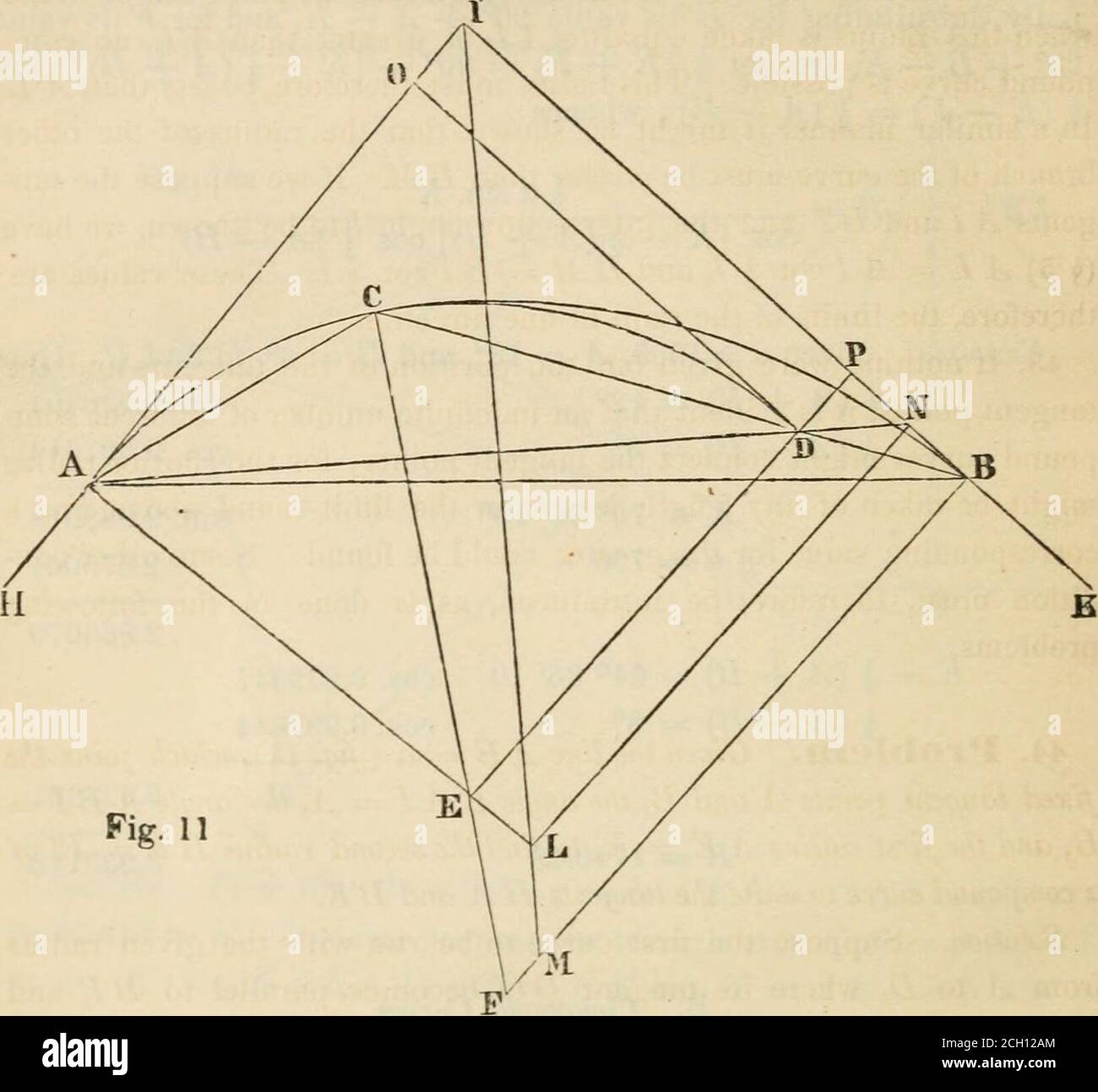

In rural areas, the spacing is usually taken as 10, 20, 30, and 40m. Starting point: Usually 1 + 000 km or 10 + 00 km is selected. Starting point: Usually 10 + 00 ft or 100 + 00 ft is selected. The starting point is usually designated with some arbitrary value. Stationing: In route surveying, stationing is used to specify the relative horizontal positioning of any point along the reference line. The radial distance from the midpoint of the long chord to the curves midpoint.ĭc: Degree of any curve (chord definition) PT: Point of tangency (the end of the curve)Į: Length from the PI to the curve midpoint on a radial line. PC: Point of curvature (the beginning of the curve) The rate of curvature of circular curves can be designated either by their radius (100-m curve), or by their degree of curve.Īrc definition: The central angle subtended by a circular arc of 30m (100-ft).Ĭhord definition: The angle at the center of a circular arc subtended by a chord of 30m (100 ft).ĭefinitions and Derivation of Circular Curve Formulas (Ref Fig.)

They should be avoided as far as possible on main lines and highways where speeds are necessarily high. it is used when it becomes necessary to deviate from a given straight path in order to avoid intervening obstructions such as bend of river, a building, etc. Reverse curves are used when the straights are parallel or intersect at a very small angle.Ī deviation curve is simply a combination of two reverse curves. Their centres lie on opposite sides of the curve. Their centres lie on the same side of the curve.Ī reverse or serpentine curve is made up of two arcs having equal or different radii bending in opposite direction with a common tangent at their junction. It has radius of the same magnitude throughout.Ī compound Curve consists of two or more simple curves having different radii bending in the same direction and lying on the same side of the common tangent. Reverse Curve: Two circular arcs tangent to each other, with their centers on opposite side of the alignment.Ĭircular curves are further classified as :Ī simple curve Consists of a single arc of circle connecting two straights.

Simple Curve: A circular arc connecting two tangents.Ĭompound Curve: Two or more circular arcs of different radii tangent to each other.īroken-back Curve: Combination of a short length of tangent connecting two circular arcs that have centers on the same side. Horizontal Curves: Curves used in horizontal planes to connect two straight tangent sections. Most types of transportation routes, such as highways, railroads, and pipelines, are connected by curves in both horizontal and vertical planes. V) To control erosion of canal banks by the thrust of flowing water in a canal.
#POINT OF COMPOUND CURVE DRIVER#
Iii) To alert the driver so that he may not fall asleep. Ii) To bring about gradual change in grade and for good visibility. I) To bring about gradual change in direction of motion. They are provided for following reasons:. Curves are generally arcs of parabolas.Ĭurves are laid out on the ground along the centre line of the work.Ĭurves are needed on Highways, railways and canals for bringing about gradual change of direction of motion. Curves provided in the horizontal plane to have the gradual change in direction are known as horizontal curves.Ĭurves provided in the vertical plane to obtain the gradual change in grade are called as vertical curves.Ĭurves may be circular or parabolic.


 0 kommentar(er)
0 kommentar(er)
